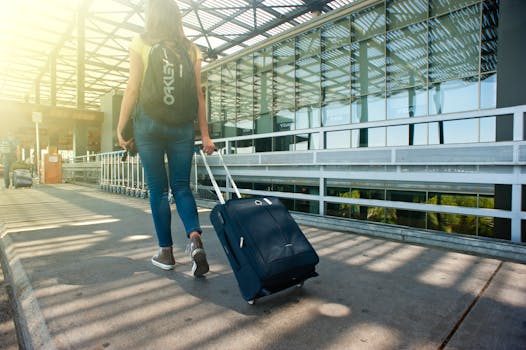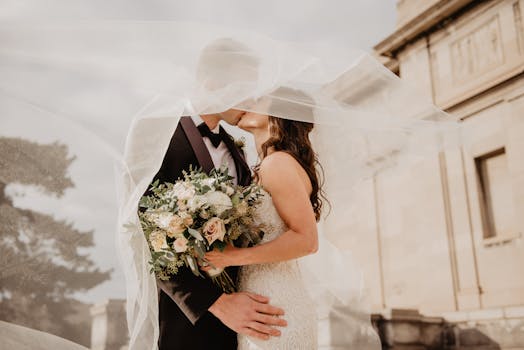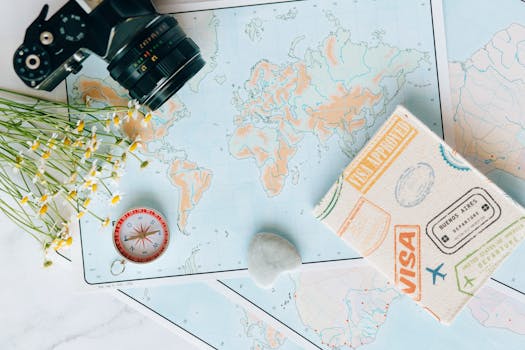If you’re planning a visit to the United States in 2025—for a vacation, to see family, or attend a business meeting—you’ll likely need a B-1 or B-2 visa, commonly called a U.S. tourist visa. This guide will walk you through everything you need to know, from eligibility and required documents to interview tips and timelines.
What Is a U.S. Tourist Visa?
The U.S. tourist visa is a nonimmigrant visa issued to foreign nationals who want to enter the U.S. temporarily. It includes two categories:
- B-1 Visa – for short-term business visits (e.g., conferences, contract negotiations)
- B-2 Visa – for tourism, medical visits, or family visits
Most people apply for a B-1/B-2 combination visa, which allows both purposes under a single application.
Who Needs a Tourist Visa in 2025?
You must apply for a B-1/B-2 visa if your country is not part of the Visa Waiver Program (VWP) or if you plan to stay for longer than 90 days. Check the U.S. State Department list of VWP countries to see if you qualify for visa-free travel instead.
Citizens of countries like India, China, Nigeria, and the Philippines must apply for a tourist visa before entering the U.S.
Step-by-Step Guide to Applying for a B-1/B-2 Visa
Step 1: Complete the DS-160 Online Form
Visit the Consular Electronic Application Center (CEAC) and fill out Form DS-160, the official online visa application. Be honest and accurate in all your answers.
- Upload a passport-style photo
- Print the DS-160 confirmation page (with barcode)
✅ Tip: Make sure your answers match the information in your supporting documents.
Step 2: Pay the Visa Application Fee
As of 2025, the B-1/B-2 visa fee is $185. Payment instructions vary by country. You’ll typically pay through a local bank or an online portal and receive a receipt.
✅ Keep this receipt! You’ll need it to schedule your interview.
Step 3: Schedule a Visa Interview
Once you’ve completed your DS-160 and paid the fee, go to the website of the U.S. embassy or consulate in your country and schedule a visa appointment.
- Most applicants aged 14 to 79 must attend an interview
- Wait times vary by location—check your embassy’s current wait times online
✅ Pro tip: Book your interview early, especially in high-demand countries where appointments may take weeks or months.
Step 4: Prepare for Your Interview
At your appointment, a U.S. consular officer will determine if you qualify for the visa. To improve your chances:
Bring these required documents:
- DS-160 confirmation page
- Visa appointment confirmation
- Valid passport (must be valid at least 6 months beyond your intended stay)
- Visa fee receipt
- One passport-sized photo (even if uploaded digitally)
- Travel itinerary or invitation letter (if applicable)
- Evidence of financial support (bank statements, pay stubs)
- Proof of ties to your home country (job, family, property)
✅ The key question: Will you return home after your U.S. trip? Officers need to be convinced you don’t plan to overstay.
Step 5: Attend Your Interview
The interview usually lasts under 5 minutes. Expect basic questions like:
- Why are you traveling to the U.S.?
- Who will you visit?
- Where will you stay?
- How long will your trip be?
- What do you do for a living?
✅ Be calm, confident, and consistent. Don’t bring unnecessary documents or offer extra information unless asked.
Step 6: Visa Approval and Passport Return
If approved, the consular officer will keep your passport and place the visa inside. Your passport will be returned via courier or pickup in a few days to a few weeks.
If denied, you’ll receive a reason—often related to Section 214(b), meaning the officer was not convinced you planned to return home.
How Long Does the Process Take?
| Stage | Estimated Timeline (2025) |
|---|---|
| DS-160 completion | 1–2 hours (online) |
| Interview wait time | 1–8+ weeks (varies) |
| Post-interview processing | 1–2 weeks |
| Total time from start to visa | 2–10 weeks (average) |
✅ Some embassies offer expedited appointments for emergencies.
How Long Can I Stay in the U.S.?
The B-1/B-2 visa typically allows you to stay for up to 6 months per visit. You must leave the U.S. before your I-94 expiration date, which is stamped or recorded when you enter the country.
You can request an extension—but only under special circumstances and with strong justification.
Common Mistakes to Avoid
- Applying too late — Embassies are often backed up, so apply early
- Missing documents — Make a checklist and double-check before the interview
- Vague travel plans — You don’t need exact flight dates, but you should have a clear plan
- Weak financial proof — Show bank balances, employment letters, or sponsor support
- Giving inconsistent answers — Stay truthful and consistent across all forms and interviews
Can a Tourist Visa Be Denied?
Yes. The most common denial reasons include:
- Weak ties to your home country
- Lack of financial means
- Poor documentation
- Prior visa violations
- Suspicion of immigrant intent
Unfortunately, tourist visa denials are not appealable—but you can reapply if your circumstances change significantly.
Can I Visit Family or Friends on a Tourist Visa?
Yes. B-2 visas are often used for visiting family. If invited by a relative in the U.S., they can send you a letter of invitation, which is helpful—but not mandatory.
✅ Remember: You still need to demonstrate that you will return to your home country after your visit.
Is a B-1/B-2 Visa the Same as a Green Card?
No. A tourist visa does not give you permanent status, work authorization, or a path to U.S. residency. It is strictly for temporary stays.
Trying to use it for long-term immigration can lead to a visa overstay and serious legal consequences, including bans from future travel to the U.S.


